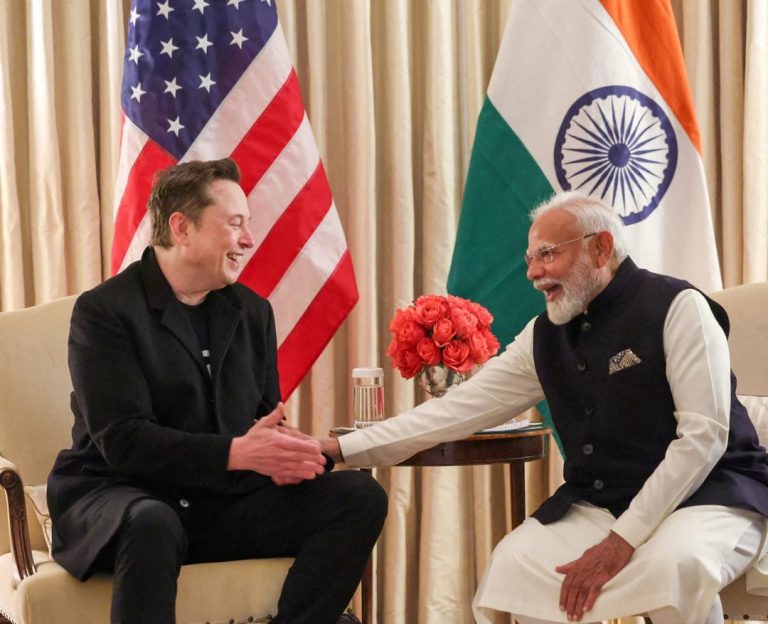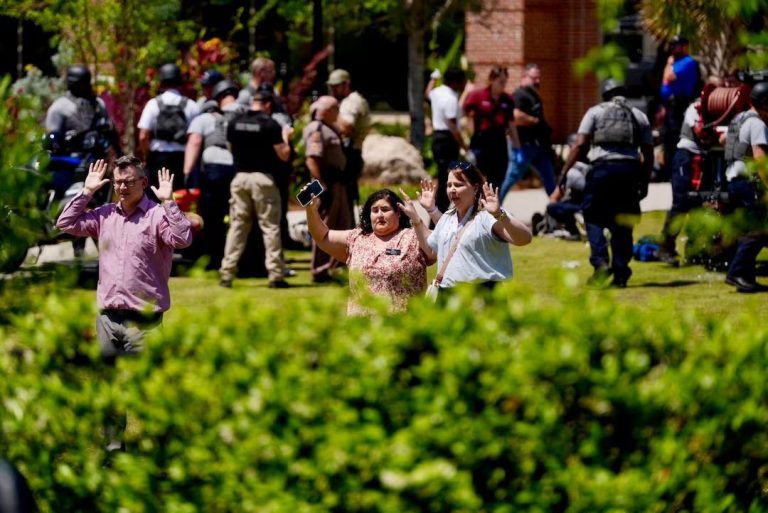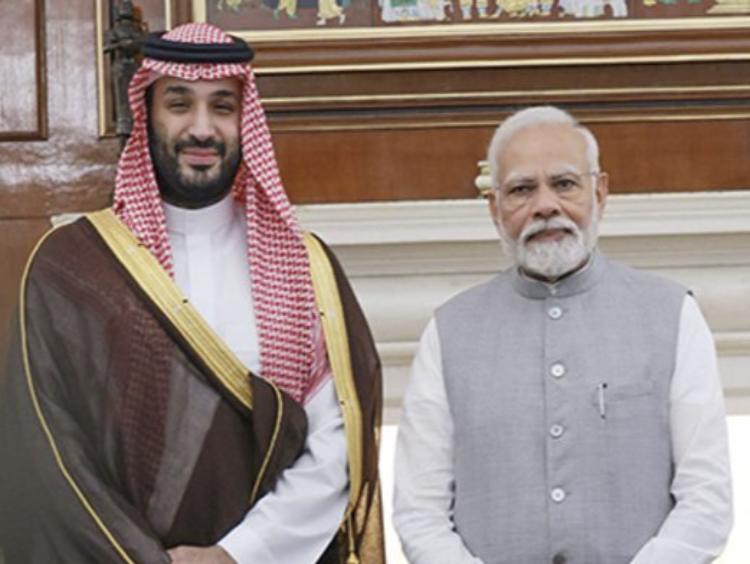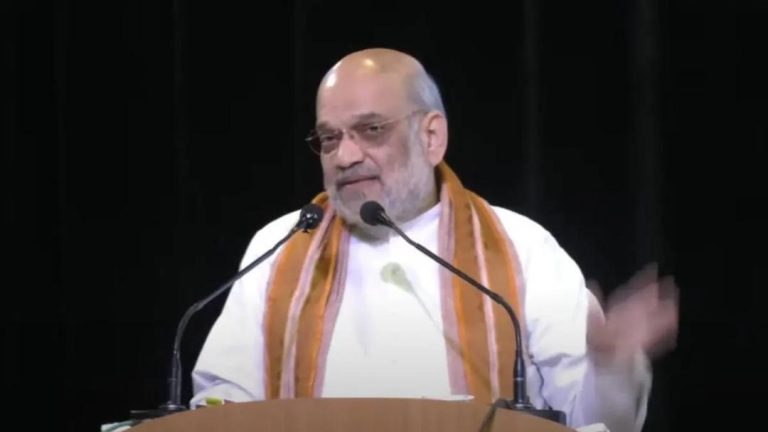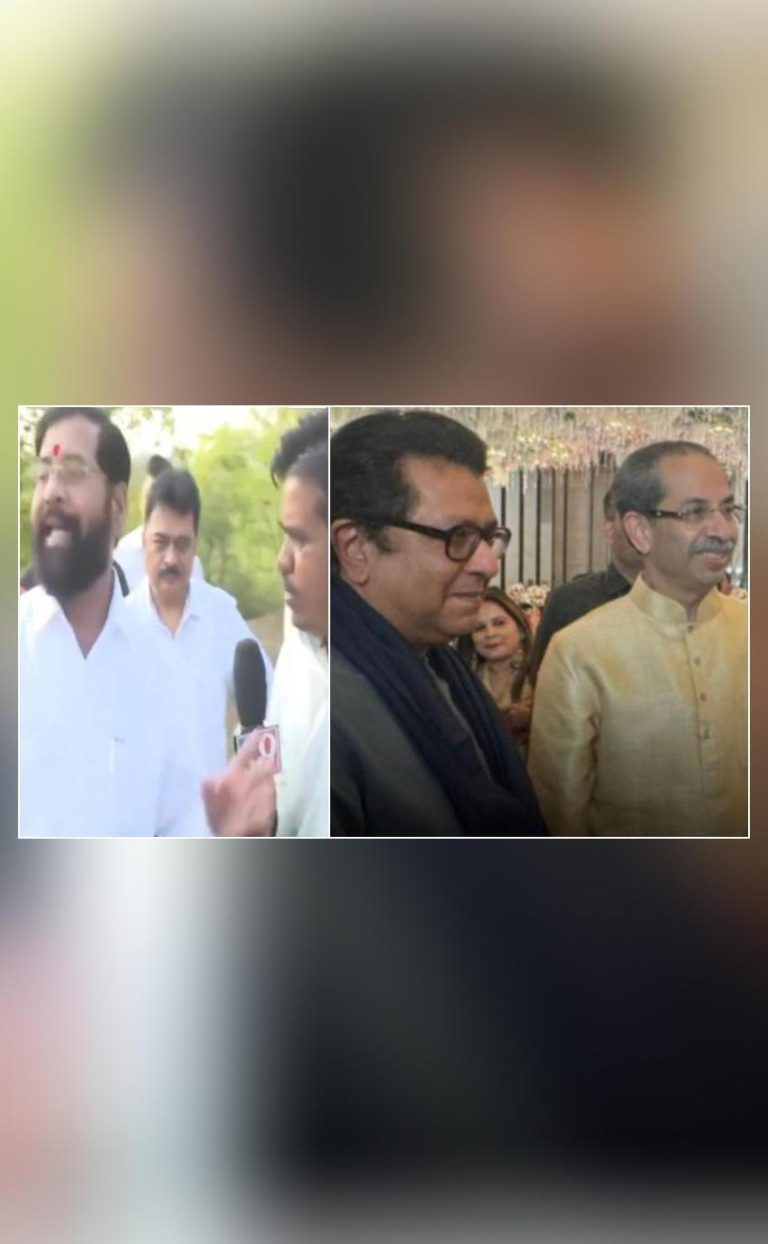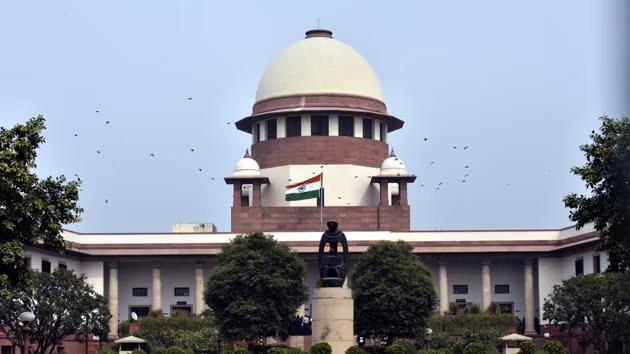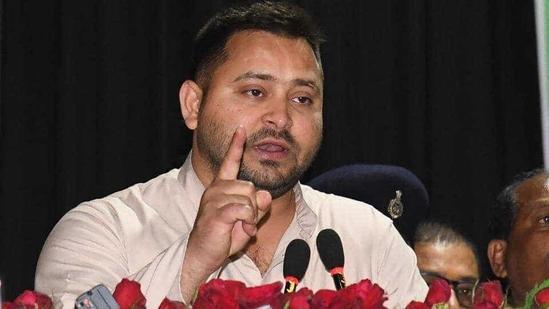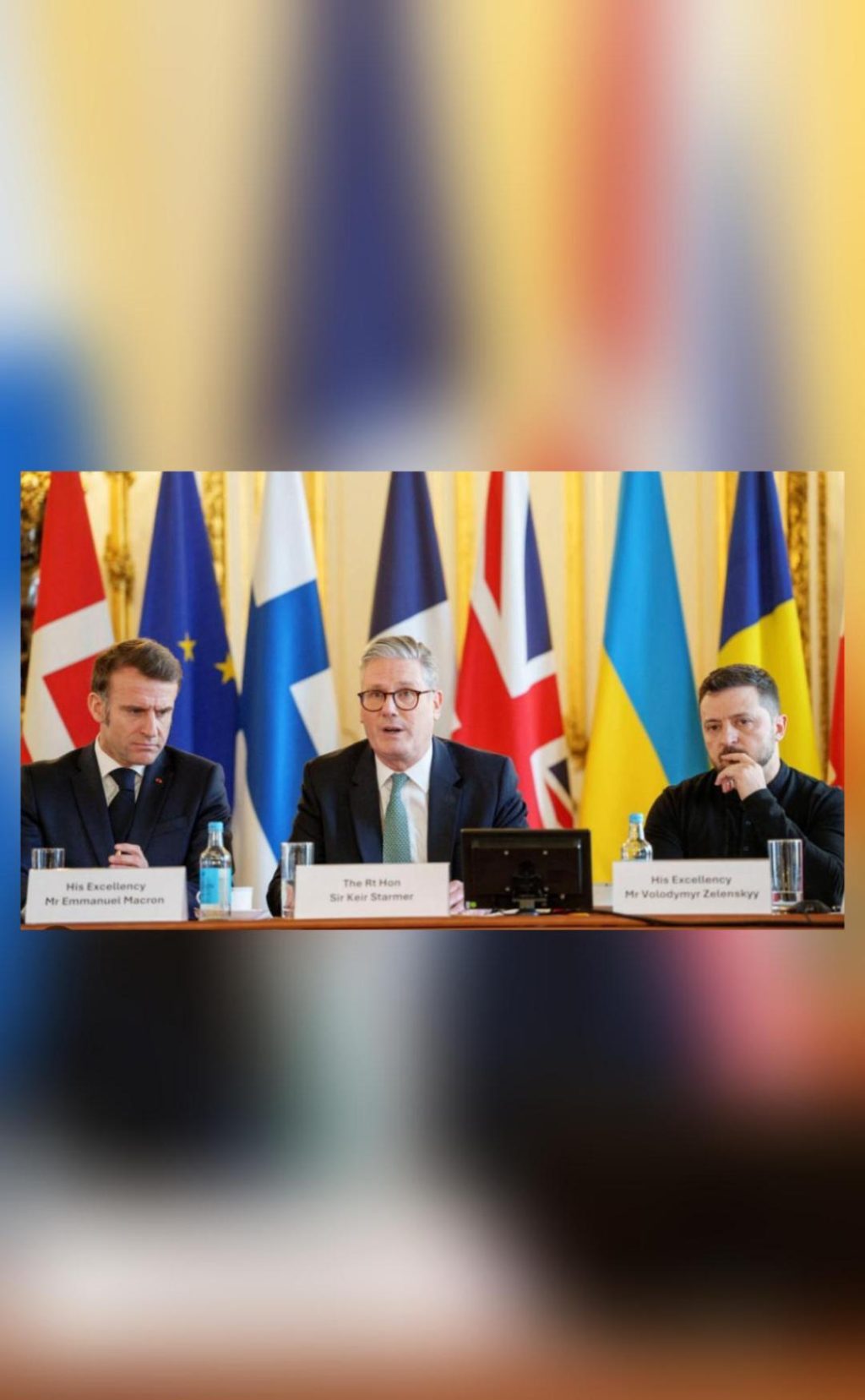
UK & France propose 1-month partial truce between Russia & Ukraine
The ongoing conflict between Russia and Ukraine has been a cause of concern for the international community, with both sides engaging in intense battles and causing significant damage to infrastructure and civilian life. In an effort to bring about a temporary cessation of hostilities, France and Britain have proposed a one-month partial truce between Russia and Ukraine. According to the French government, this truce would cover attacks on air, sea, and energy infrastructure, but not include ground fighting.
The proposal was announced by French President Emmanuel Macron, who said that the aim is to “give a chance to diplomacy” and to “reduce the violence” in Ukraine. The plan would see European ground troops deployed to Ukraine in a second phase, once the initial truce is in place.
Ukrainian President Volodymyr Zelenskyy has confirmed that he is aware of the plan, but has not yet commented on whether he will accept the proposal. The Ukrainian government has been pushing for a ceasefire and the withdrawal of Russian troops from Ukrainian territory, but Russia has been resistant to these demands.
The proposed truce comes as a welcome development, as the conflict in Ukraine has been escalating in recent weeks. The fighting has resulted in the deaths of hundreds of people, including both military personnel and civilians, and has caused widespread destruction to infrastructure and property.
The international community has been calling for a ceasefire and a diplomatic solution to the crisis. The United Nations Security Council has held several emergency meetings to discuss the situation, and the European Union has imposed sanctions on Russia in an effort to pressure it to withdraw its troops from Ukraine.
The partial truce proposed by France and Britain is a significant development in the conflict, as it could potentially reduce the violence and give diplomats a chance to work towards a lasting solution. However, the road ahead will be challenging, and it remains to be seen whether the truce will be accepted by both sides.
Key details of the proposal
- The truce would cover attacks on air, sea, and energy infrastructure, but not include ground fighting.
- European ground troops would only be deployed to Ukraine in a second phase, once the initial truce is in place.
- The proposal aims to “give a chance to diplomacy” and to “reduce the violence” in Ukraine.
- Ukrainian President Volodymyr Zelenskyy has confirmed that he is aware of the plan, but has not yet commented on whether he will accept the proposal.
What does this mean for the future of the conflict?
The proposed truce is a significant development in the conflict between Russia and Ukraine, and could potentially lead to a reduction in violence and a chance for diplomats to work towards a lasting solution. However, there are several challenges ahead, including the need to negotiate the terms of the truce and to ensure that both sides adhere to it.
The deployment of European ground troops to Ukraine in a second phase could also be a significant development, as it could potentially give the Ukrainian military a boost in its fight against Russian forces. However, this could also be seen as a provocative move by Russia, which may lead to further escalation of the conflict.
Ultimately, the success of the proposed truce will depend on the willingness of both sides to negotiate and to work towards a lasting solution. The international community will be watching closely to see if the truce can be implemented and if it can lead to a more peaceful resolution of the conflict.
Conclusion
The proposed one-month partial truce between Russia and Ukraine is a significant development in the conflict, and could potentially lead to a reduction in violence and a chance for diplomats to work towards a lasting solution. While there are several challenges ahead, including the need to negotiate the terms of the truce and to ensure that both sides adhere to it, the proposal is a welcome development and could potentially be a step towards a more peaceful resolution of the conflict.
Source:
